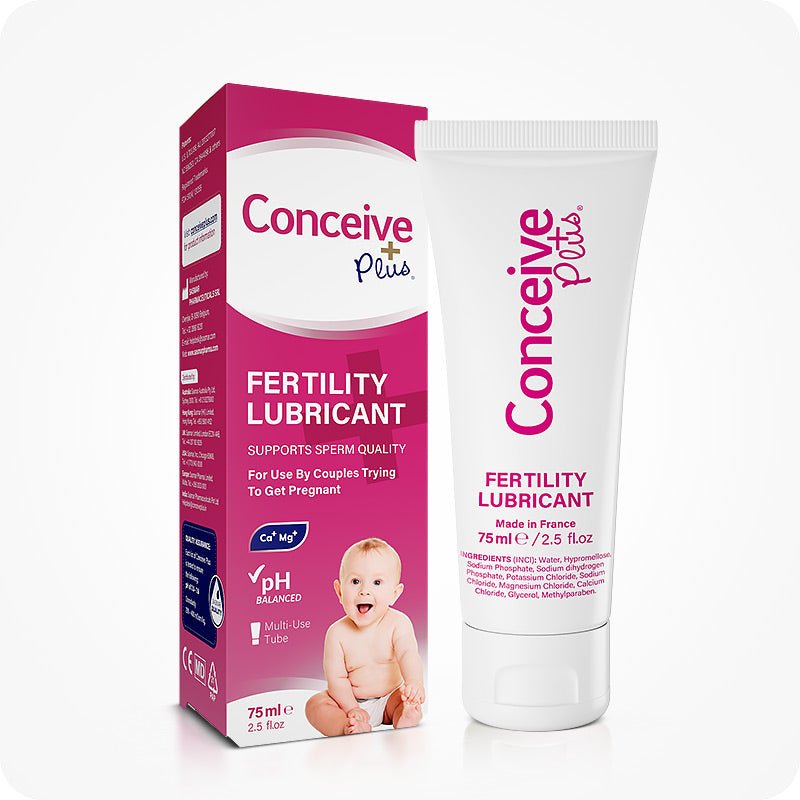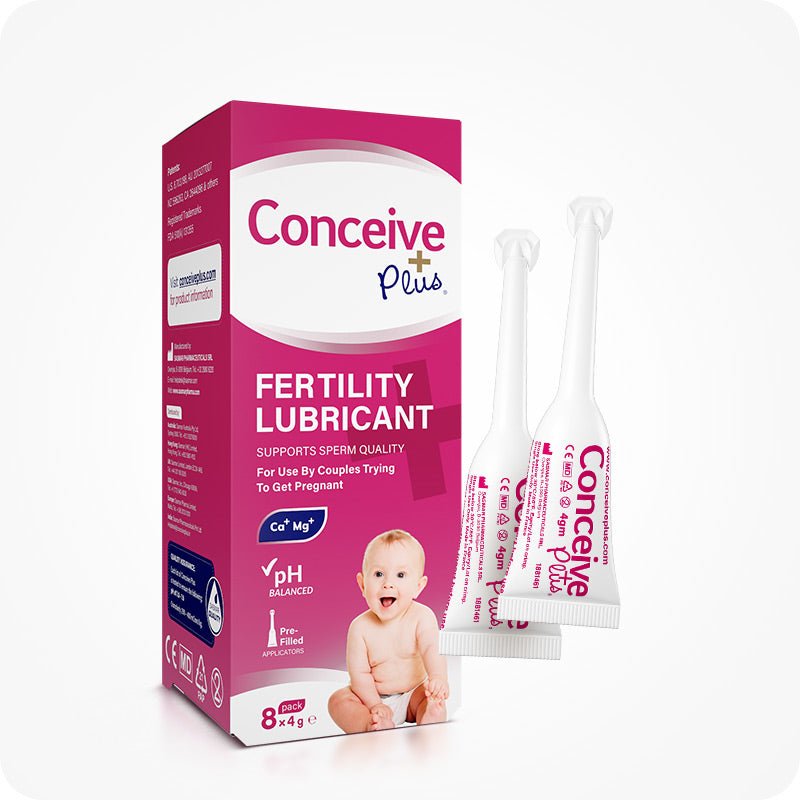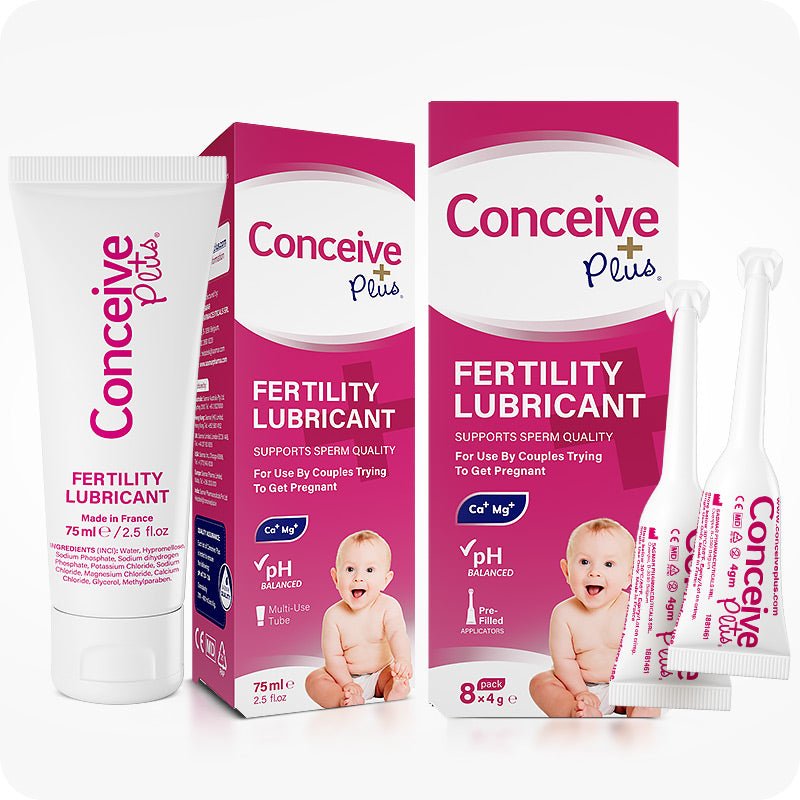Why is My Discharge Sticky? Understanding Changes in Vaginal Discharge

Vaginal discharge is a natural and essential part of the female reproductive system. It helps to cleanse the vaginal canal, maintain moisture, and protect against infections by flushing out harmful bacteria. The consistency, color, and volume of vaginal discharge can vary significantly based on different factors, including hormonal fluctuations, menstrual cycle phases, pregnancy, infections, and lifestyle habits.
One of the most common concerns individuals have is sticky vaginal discharge—a texture that may feel thick, tacky, or even slightly dry. Many people wonder, why is my discharge sticky? and whether this is normal or a sign of an underlying issue. While sticky discharge is often a normal physiological occurrence, its cause can vary depending on hormonal changes, vaginal health, and overall well-being.
This article will explore the reasons behind sticky discharge, how it relates to reproductive health, and when it may signal a medical concern. By understanding the patterns of vaginal discharge, individuals can better monitor their reproductive health and identify potential issues early on.
How Hormones Influence Vaginal Discharge
Hormones play a crucial role in determining the amount, consistency, and type of vaginal discharge a person experiences. The female reproductive system follows a monthly cycle regulated by estrogen and progesterone, two key hormones that fluctuate throughout different phases. These hormonal changes directly influence cervical mucus production, which impacts the texture of vaginal discharge.
Here’s how vaginal discharge typically changes throughout the menstrual cycle:
1. Follicular Phase (Days 1–13): Sticky or Dry Discharge
- The follicular phase begins on the first day of menstruation and lasts until ovulation.
- During the early days (right after a period), vaginal discharge is often minimal, dry, or slightly sticky.
- As estrogen levels rise, the cervix produces more mucus, but it remains thick and tacky in texture.
This type of discharge creates a less favorable environment for sperm, which is why conception is less likely during this phase [1]. The body naturally produces thicker mucus to protect the vagina from infections and external bacteria.
2. Ovulation Phase (Day 14): Stretchy, Egg-White Discharge
- Around ovulation, estrogen levels peak, causing the cervix to release more mucus.
- Discharge becomes clear, slippery, and stretchy, resembling raw egg whites [2].
- This change helps sperm travel more easily through the cervix, increasing the chances of fertilization.
If someone is tracking their fertility, they may notice that their discharge is no longer sticky but instead more elastic and watery. This is a sign that ovulation is occurring.
3. Luteal Phase (Days 15–28): Sticky or White Jelly Discharge
- After ovulation, progesterone levels rise, thickening cervical mucus again.
- Discharge may appear creamy, white, or sticky, sometimes resembling white jelly discharge [3].
- This change happens because the body is preparing for a possible pregnancy.
If fertilization doesn’t occur, the thick, sticky mucus will eventually dry up before menstruation starts again. If pregnancy occurs, increased progesterone can lead to a continuous production of thick, white discharge as a protective mechanism for the developing embryo.
Hormonal shifts are the most common reason for sticky vaginal discharge. However, other factors—such as infections, pregnancy, and external conditions—can also play a role in discharge texture, which we’ll explore in the next sections.
Common Causes of Sticky Vaginal Discharge
1. Natural Cervical Mucus Patterns
Sticky or tacky cervical mucus is most common during the early and late phases of the menstrual cycle. Unlike the slippery texture seen at ovulation, this type of discharge indicates lower fertility levels [4].
2. Hormonal Imbalances
Fluctuations in estrogen and progesterone due to stress, medications, or conditions like polycystic ovary syndrome (PCOS) can affect discharge consistency. Hormonal imbalances often lead to irregular menstrual cycles and variations in mucus texture.
3. Pregnancy and Early Pregnancy Discharge
In early pregnancy, vaginal discharge often increases due to rising estrogen and increased blood flow to the cervix. It may appear white and sticky, sometimes resembling white jelly discharge. This is known as leukorrhea, a normal protective mechanism against infections [5].
4. Infections and Vaginal Imbalances
While sticky discharge is usually normal, certain infections can alter its appearance and texture.
- Yeast Infections – Typically cause thick, crumbly discharge that resembles cottage cheese, often accompanied by itching and irritation.
- Bacterial Vaginosis (BV) – Produces thin, grayish-white discharge with a fishy odor but does not usually cause a sticky texture.
- Sexually Transmitted Infections (STIs) – Infections like chlamydia and gonorrhea can lead to abnormal discharge, sometimes with yellow or green tinges and an unusual consistency.
5. Perimenopause and Menopause
During perimenopause, estrogen levels decline, affecting cervical mucus production. Vaginal dryness is common, but some individuals experience sticky discharge due to fluctuating hormone levels.
6. Use of Medications and Birth Control
Hormonal contraceptives alter cervical mucus patterns. Some individuals experience thick and sticky discharge, while others notice an overall decrease in vaginal secretions.
7. Diet and Hydration
Adequate hydration and a balanced diet influence vaginal health. Dehydration can result in thicker, drier discharge, while certain foods like probiotics help maintain a healthy vaginal microbiome.
Differentiating Between Normal and Abnormal Discharge
Understanding when sticky discharge is normal versus when it may indicate an issue is essential for maintaining vaginal health.
Normal Sticky Discharge:
1. White or clear in color
2 .Odorless or mild scent
3 .Occurs in relation to the menstrual cycle
When to Seek Medical Attention:
1. Accompanied by a strong odor or itching
2. Yellow, green, or gray in color
3. Accompanied by pain, burning, or abnormal spotting
If discharge suddenly changes in texture, smell, or color, it’s best to consult a healthcare provider for proper evaluation.
Lifestyle and Hygiene Tips for Healthy Vaginal Discharge
Vaginal discharge is an important indicator of reproductive and vaginal health. While some variations in consistency, color, and volume are completely normal, maintaining a proper hygiene routine and adopting a healthy lifestyle can help regulate discharge and prevent infections. Below are some essential habits to support vaginal health and maintain a normal balance of cervical mucus.
1. Wear Breathable Cotton Underwear
The type of underwear worn can impact vaginal health. Cotton underwear is highly recommended because it allows for better air circulation and absorbs excess moisture, reducing the risk of bacterial overgrowth. Synthetic fabrics like polyester and nylon can trap heat and moisture, creating an ideal environment for bacteria and yeast to thrive, potentially leading to infections or abnormal discharge.
Tips for maintaining vaginal hygiene through underwear choices:
- Opt for 100% cotton or at least cotton-lined underwear.
- Avoid tight-fitting underwear and thongs, which can spread bacteria from the rectal area to the vagina.
- Change underwear daily and after sweating or exercising.
2. Avoid Douches and Scented Products
The vagina is self-cleaning, and introducing foreign chemicals can disrupt its natural pH balance. Using douches, scented wipes, or vaginal sprays can eliminate beneficial bacteria, leading to imbalances such as bacterial vaginosis (BV) or yeast infections.
Better alternatives to douching and scented products:
- Clean the external genital area with mild, fragrance-free soap and warm water.
- Avoid vaginal deodorants, scented tampons, and strong detergents on underwear.
- Let the vagina regulate itself naturally—if abnormal odors persist, consult a healthcare provider rather than masking them with scented products.
3. Stay Hydrated to Support Healthy Mucus Production
Hydration plays a significant role in vaginal health. Just like saliva and tears, cervical mucus is influenced by fluid intake. Dehydration can lead to thick, dry, or sticky vaginal discharge, as the body prioritizes water retention for essential functions.
Ways to ensure proper hydration for vaginal health:
- Drink at least 8 glasses of water per day to maintain adequate vaginal lubrication.
- Eat hydrating foods like cucumbers, watermelon, and oranges.
- Limit excessive caffeine and alcohol consumption, as they can contribute to dehydration.
By staying hydrated, vaginal discharge can maintain its normal consistency and function in lubricating and protecting the vagina from infections.
4. Practice Safe Sex to Prevent Infections
Sexually transmitted infections (STIs) are a common cause of changes in vaginal discharge, including unusual stickiness, abnormal color, or foul odor. Practicing safe sex habits helps reduce the risk of developing infections that can disrupt vaginal health [6].
Important safe sex practices for maintaining healthy discharge:
- Use condoms or dental dams to prevent STI transmission.
- Get regular STI screenings, even if there are no symptoms present.
- Avoid unprotected sex with multiple partners without knowing their sexual health status.
- Maintain open communication with partners about sexual health and testing.
Preventing infections is key to keeping discharge healthy, balanced, and free of harmful bacteria or viruses.
5. Consume Probiotics and a Balanced Diet
A healthy gut microbiome plays a role in maintaining a balanced vaginal flora. Probiotics, found in fermented foods and supplements, support the growth of beneficial bacteria that help prevent infections and maintain normal discharge consistency.
Foods that promote vaginal health:
- Probiotic-rich foods: Yogurt, kefir, kimchi, sauerkraut, and kombucha.
- Fiber-rich foods: Whole grains, fruits, and vegetables support overall digestive and vaginal health [7].
- Healthy fats: Avocados, nuts, and olive oil help regulate hormones, which influence vaginal discharge.
A well-balanced diet rich in vitamins and nutrients helps keep the vaginal ecosystem strong, reducing the risk of infections and abnormal discharge.
Conclusion: Why Is My Discharge Sticky?
Sticky vaginal discharge is a normal part of the menstrual cycle, primarily influenced by hormonal fluctuations, hydration, and lifestyle factors. The consistency of discharge changes throughout the cycle, often becoming sticky before and after ovulation. While this type of discharge is typically not a cause for concern, it is important to be aware of sudden changes in color, odor, or texture, which may signal an underlying issue.
If sticky discharge is accompanied by itching, burning, an unpleasant odor, or unusual color changes, it may indicate an infection or hormonal imbalance requiring medical attention. By monitoring vaginal discharge patterns, practicing good hygiene, and maintaining a healthy lifestyle, individuals can support their reproductive and vaginal health, ensuring that their body functions optimally.
References:
- Monis CN, Tetrokalashvili M. Proliferative and Follicular Phases of the Menstrual Cycle. [Updated 2022 Sep 12]. In: StatPearls [Internet]. Treasure Island (FL): StatPearls Publishing; 2025 Jan-. Available from: https://www.ncbi.nlm.nih.gov/books/NBK542229/
- Holesh JE, Bass AN, Lord M. Physiology, Ovulation. [Updated 2023 May 1]. In: StatPearls [Internet]. Treasure Island (FL): StatPearls Publishing; 2025 Jan-. Available from: https://www.ncbi.nlm.nih.gov/books/NBK441996/
- Crawford NM, Pritchard DA, Herring AH, Steiner AZ. Prospective evaluation of luteal phase length and natural fertility. Fertil Steril. 2017 Mar;107(3):749-755. doi: 10.1016/j.fertnstert.2016.11.022. Epub 2017 Jan 5. PMID: 28065408; PMCID: PMC5337433.
- Katz DF. Human cervical mucus: research update. Am J Obstet Gynecol. 1991 Dec;165(6 Pt 2):1984-6. doi: 10.1016/s0002-9378(11)90559-6. PMID: 1755453.
- Jamie L. Bigelow, David B. Dunson, Joseph B. Stanford, René Ecochard, Christian Gnoth, Bernardo Colombo, Mucus observations in the fertile window: a better predictor of conception than timing of intercourse, Human Reproduction, Volume 19, Issue 4, 1 April 2004, Pages 889–892, https://doi.org/10.1093/humrep/deh173
- Guidelines for the management of symptomatic sexually transmitted infections [Internet]. Geneva: World Health Organization; 2021 Jun. 8, VAGINAL DISCHARGE SYNDROME. Available from: https://www.ncbi.nlm.nih.gov/books/NBK572663/
- Skoracka K, Ratajczak AE, Rychter AM, Dobrowolska A, Krela-Kaźmierczak I. Female Fertility and the Nutritional Approach: The Most Essential Aspects. Adv Nutr. 2021 Dec 1;12(6):2372-2386. doi: 10.1093/advances/nmab068. PMID: 34139003; PMCID: PMC8634384.













